Ukraine will end the transit of Russian gas through its territory from early 2025, cutting off Moscow’s billion-dollar flow and ending the third of four gas routes to the EU. It could leave much of Europe cold.
Shut down the third gas line from Russia to the EU
Ukrainian President Volodymyr Zelensky said on December 19 that his country would not renew the agreement on the transit of Russian gas through Ukraine (capacity of about 26 billion cubic meters). The agreement will expire on December 31. The amount of gas transited through Ukraine to Europe is worth billions of dollars per year.
In an internal plan, Russian gas giant Gazprom also said that it would not deliver gas to Europe via Ukraine from the beginning of 2025. Russian President Vladimir Putin also acknowledged this.
The information has caused concern among some EU member states such as Hungary, Austria, Slovakia, Italy and the Czech Republic, which continue to receive Russian gas through pipelines passing through Ukraine.
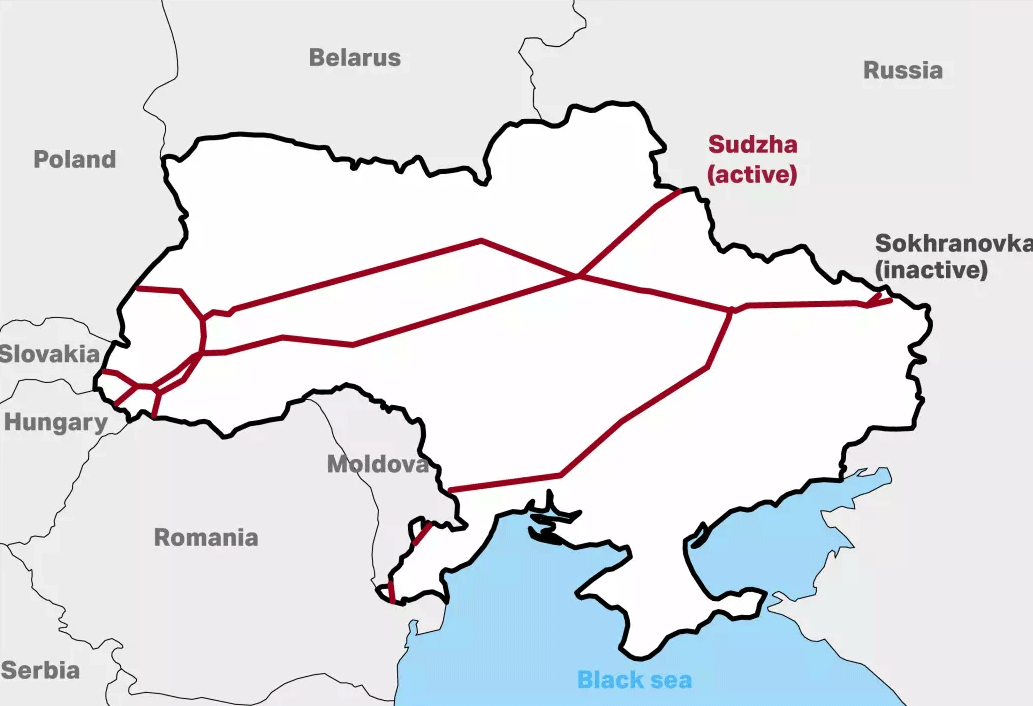
Previously, the Yamal - Europe pipeline (over 4,100km long, with a capacity of 33 billion m3 of gas/year) from Russia's Yamal Peninsula and western Siberia through Belarus and Poland to Germany was suspended in May due to Moscow's retaliatory sanctions against Warsaw in May 2022.
The Nord Stream gas pipeline (operational since 2011, capacity 55 billion m3/year) passing through the Baltic Sea from Russia to Germany also stopped operating after a leak in 2022.
Meanwhile, Nord Stream 2 (capacity 55 billion m3/year) is close to Nord Stream and was completed in the fall of 2021 but has never been in operation since the Russia-Ukraine conflict broke out in February 2022.
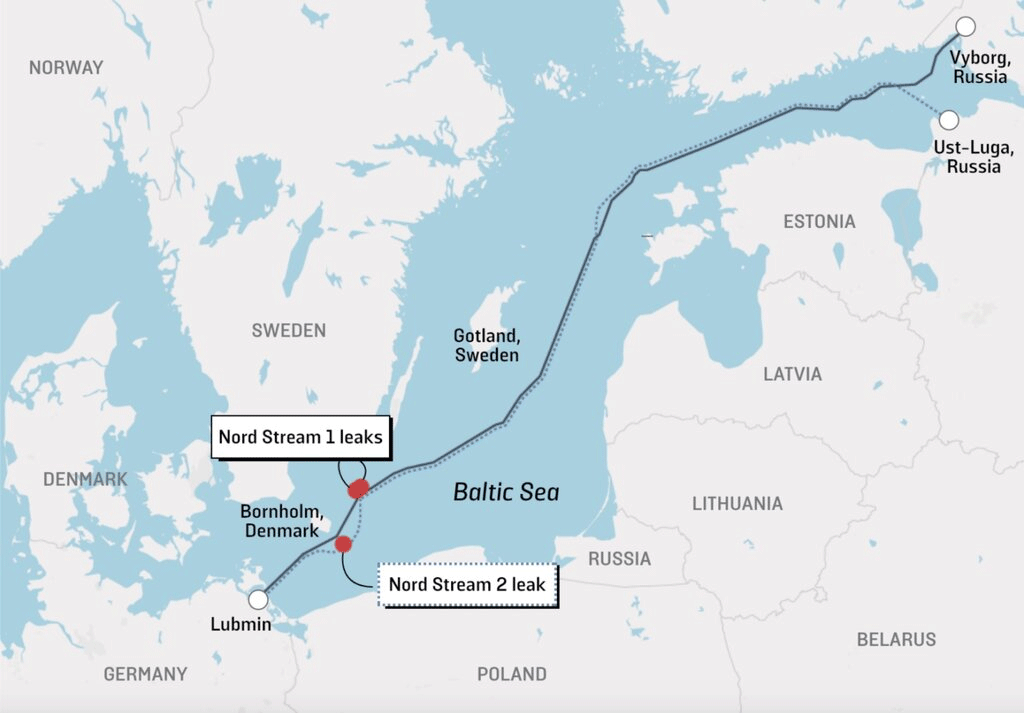
Thus, Russian gas is currently only transported to Europe via the TurkStream pipeline (capacity of 33 billion m3 of gas) through the Black Sea, in addition to transporting liquefied natural gas (LNG) by ship.
Ukrainian President Volodymyr Zelensky’s tough statement comes as Europe, including much of Western Europe, is no longer so dependent on Russian natural gas supplies. According to the European Commission, the EU has a non-binding target of ending all imports of Russian gas by 2027.
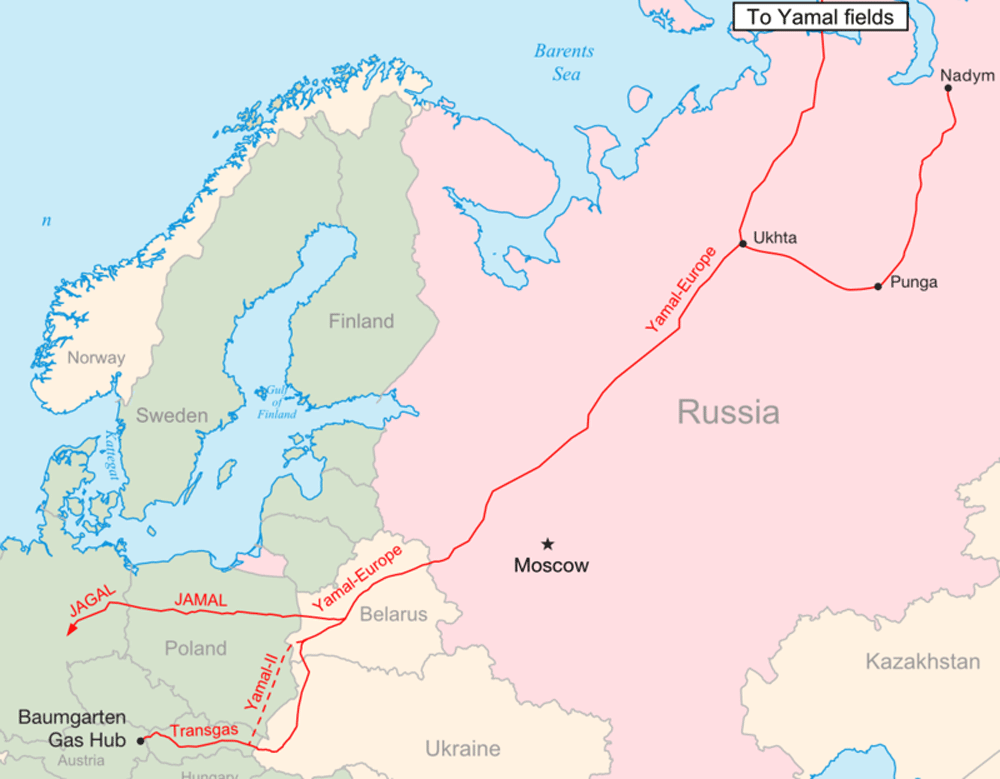
Is Europe cold?
After the conflict between Russia and Ukraine broke out in February 2022, Gazprom reduced gas exports to the EU due to Western sanctions and suspected sabotage of the Nord Stream pipeline system.
Along with the impact of the Covid pandemic, commodity prices in Europe as well as the world skyrocketed. Inflation in the EU by mid-2022 reached double digits, in the US it was 9.1%.
Several EU members, including Poland, Bulgaria, Finland, the Netherlands and Denmark, have voluntarily stopped importing gas from Russia, instead increasing purchases of LNG from the US.
After the alleged sabotage of Nord Stream in 2022, the US said that it would benefit no one, but this was a very important opportunity for the EU to end its dependence on Russian gas and accelerate the transition to renewable energy.
By early 2024, after dependence on Russian gas had significantly decreased, the EU introduced its first sanctions against Moscow’s gas industry. This was also the time when inflation in the EU was no longer so high.
However, many European countries, especially Eastern Europe, remain heavily dependent on Russian gas. Some countries depend on 65% of their gas needs via Ukraine (in 2023).
Furthermore, according to Bloomberg , US suppliers have reduced the amount of LNG shipped to the EU due to the tendency to send it to Asia at higher prices. The EU has to compete with China in importing LNG (including from the US).
Inflation in the world in general and the EU in particular is rising again. This is considered a challenge for many countries in the region.
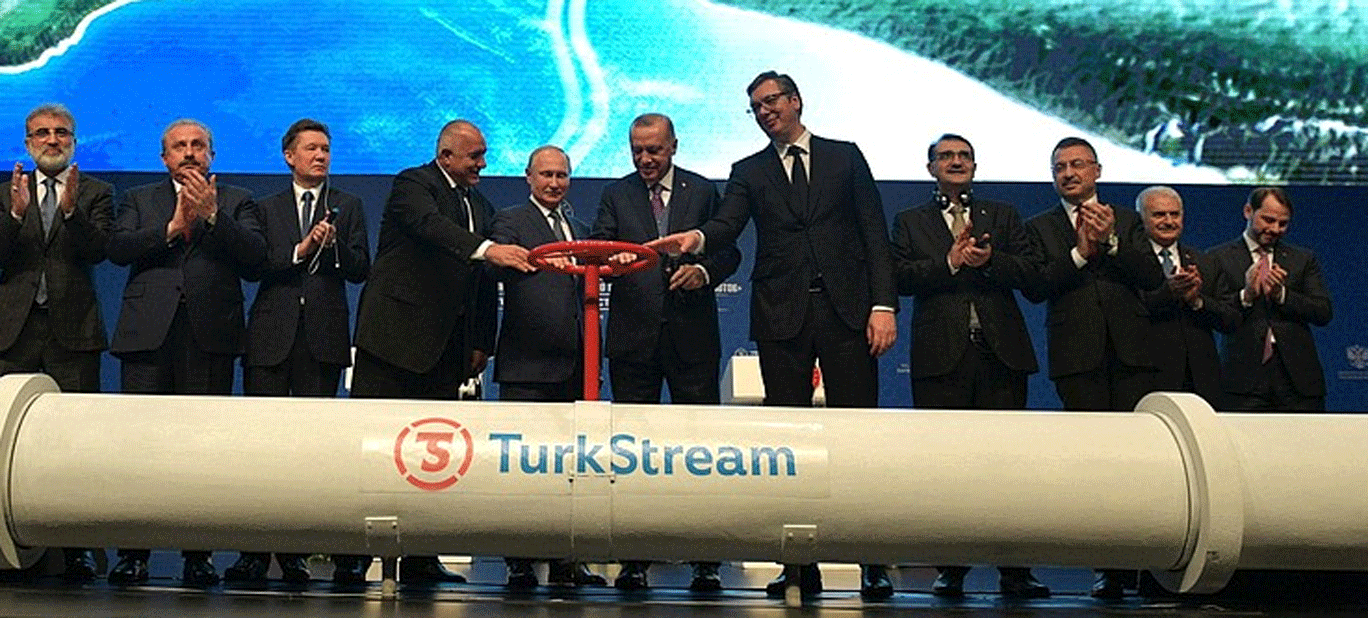
How does Russia manage?
It can be seen that with gas, Russia will only be able to transport it to Europe via the Turkish Stream pipeline through the Black Sea and transport LNG by ship.
Recently, the Kremlin spokesman said that Russia may look for alternative gas pipeline routes to the one through Ukraine if Ukraine does not renew the transit agreement. This could include a gas hub system through Türkiye.
Türkiye and Hungary announced on December 20 that they had received waivers from paying for Russian gas after the US imposed sanctions on Gazprombank, removing a major obstacle to gas trade with Moscow. Both Turkey and Hungary buy Russian gas via the TurkStream pipeline.
Slovakia currently gets its gas through a Ukrainian pipeline. The country may have to find other ways to buy gas.
Russian Deputy Prime Minister Alexander Novak also affirmed on December 25 that Russia is ready to supply natural gas to Europe through pipelines that do not pass through Ukraine, including the gas hub system through Turkey. Russia can also transport LNG by ship.
Russia believes that Europe will continue to depend on its natural gas supplies due to its logistical advantages as well as low prices.
Zelensky’s tough decision comes as Donald Trump is about to return to the White House (on January 20, 2024) and things could change. Previously, the president-elect declared that he would end the conflict in Ukraine one day after taking office.
Oil and gas are strategic commodities. Price fluctuations can have a major impact on both the countries affected and the countries that benefit. Russia enjoyed rapid gains on high oil prices in 2008, 2011-2014 and 2022.
In recent years, India, China and many other countries have taken advantage of Western sanctions against Russia to buy cheap oil and gas from Russia. On December 15, Russia signed a 10-year, $13 billion-a-year oil deal with India's Reliance.
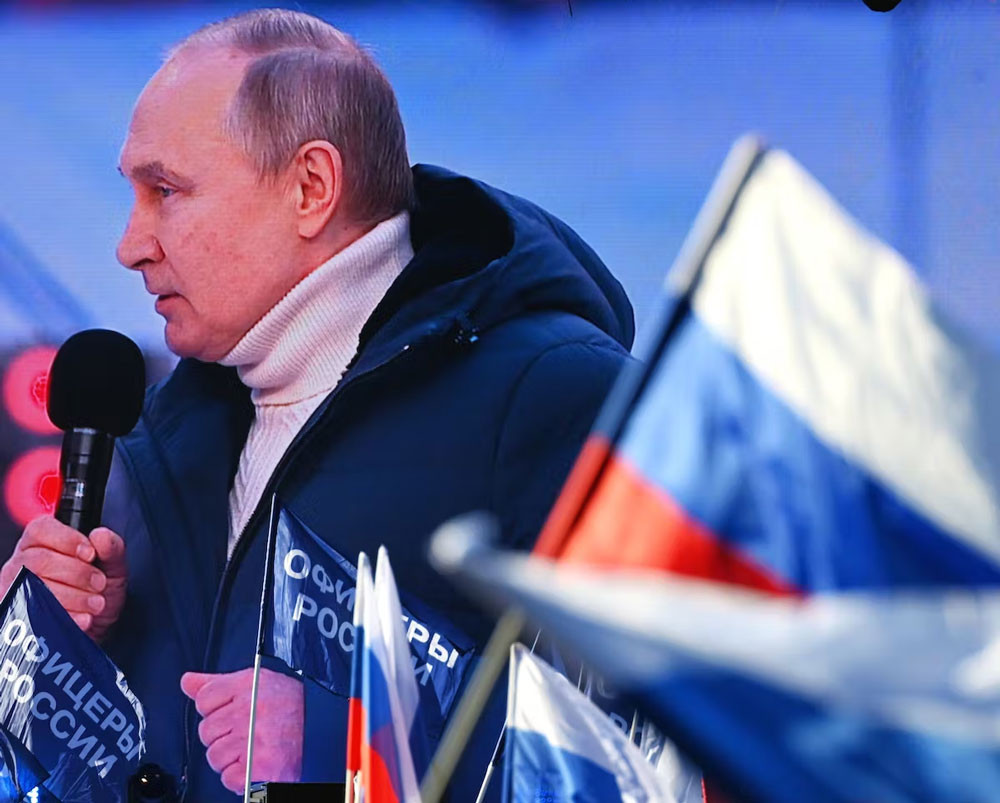
Source: https://vietnamnet.vn/ukraine-se-cham-dut-duong-ong-trung-chuyen-khi-dot-nga-chau-au-co-lanh-gia-2357534.html



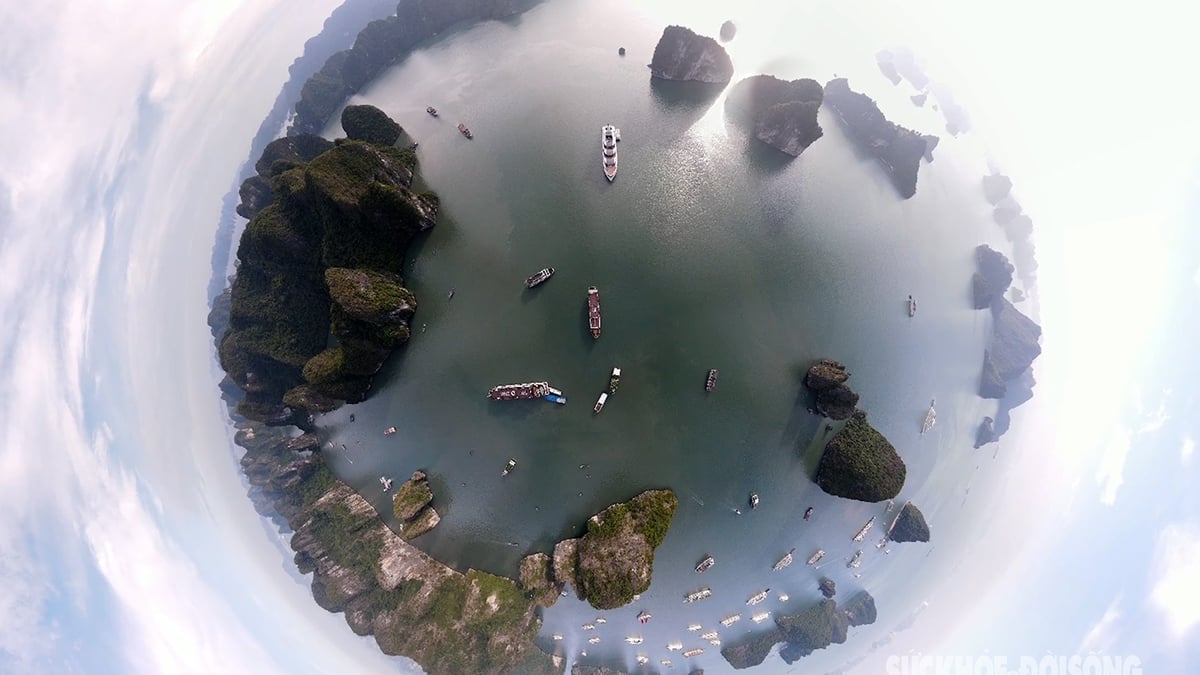
![[Photo] Prime Minister Pham Minh Chinh chairs a meeting on the implementation of the Lao Cai-Hanoi-Hai Phong railway project.](https://vphoto.vietnam.vn/thumb/1200x675/vietnam/resource/IMAGE/2025/5/20/0fa4c9864f63456ebc0eb504c09c7e26)

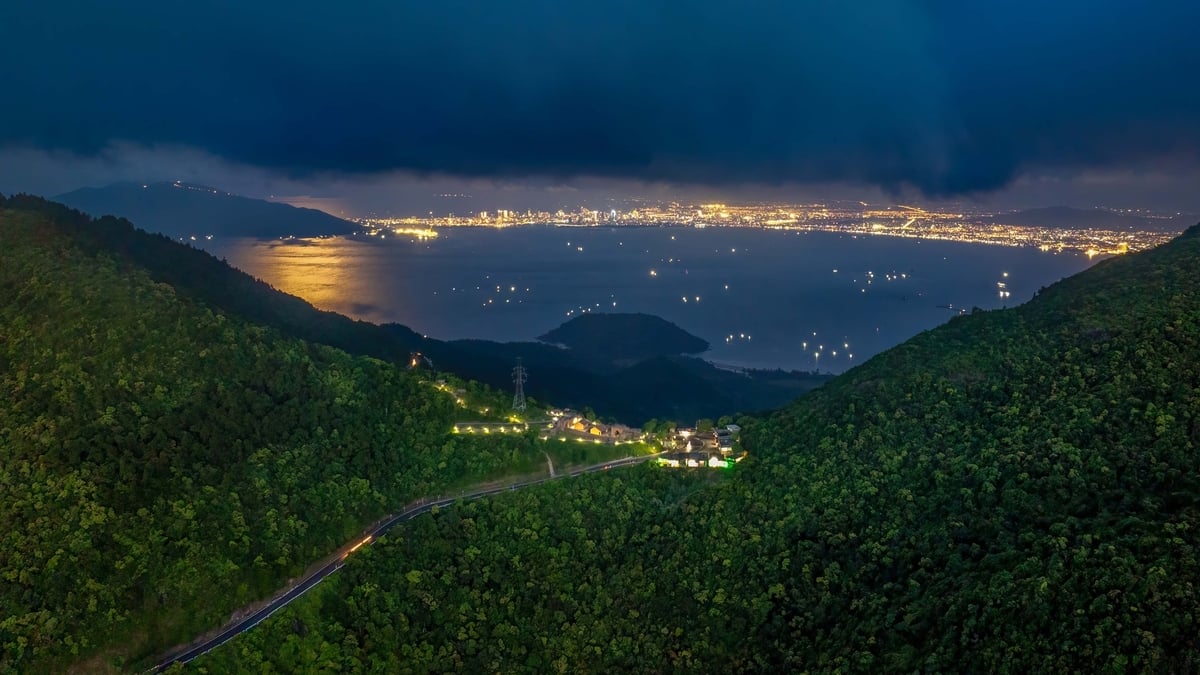
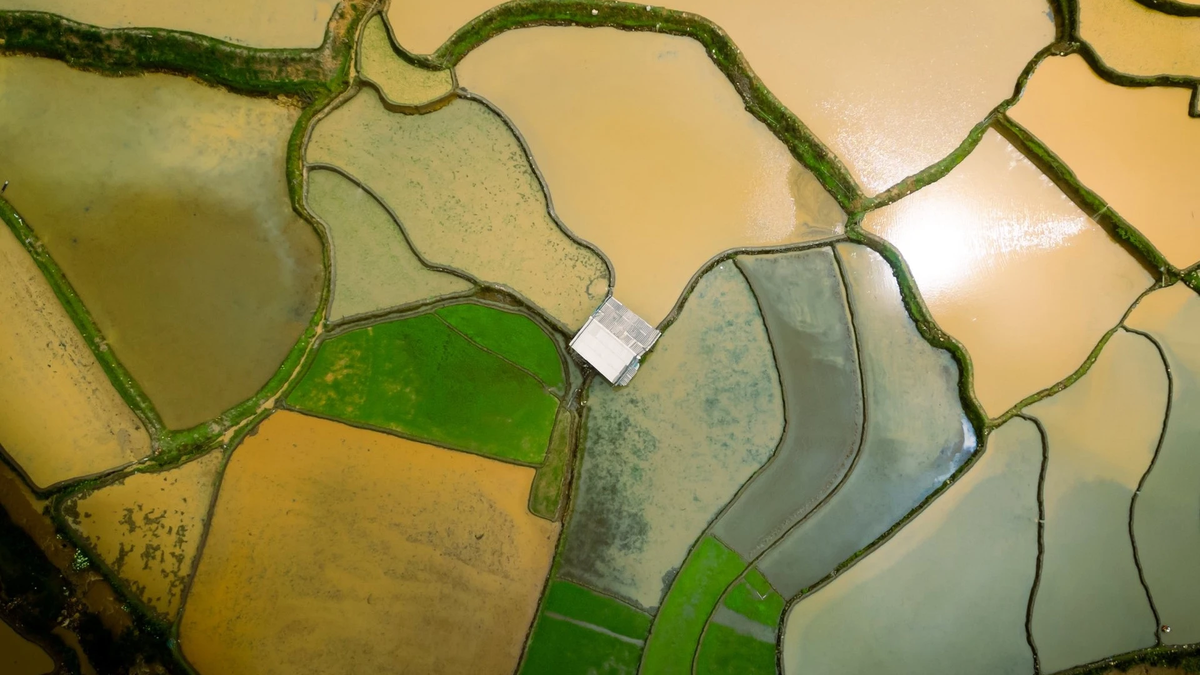
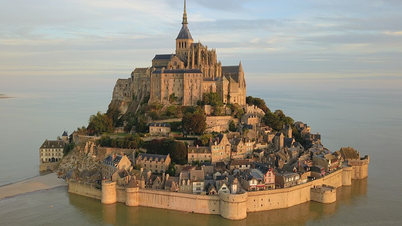








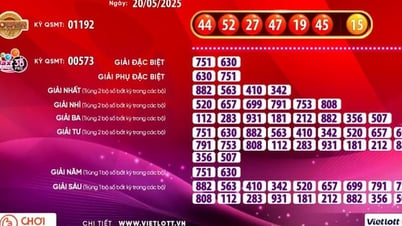



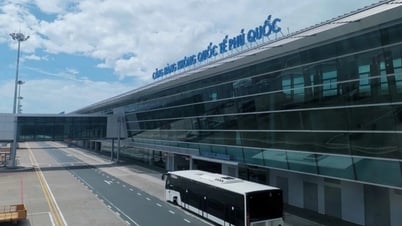









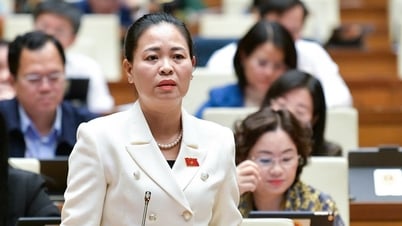

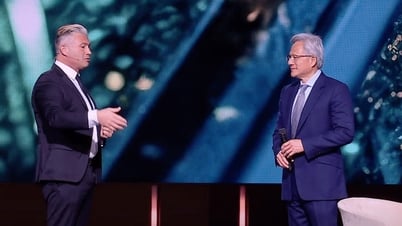























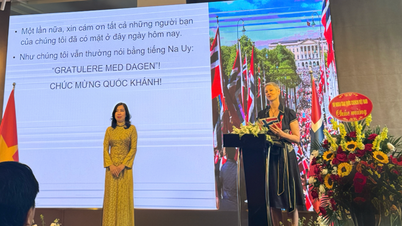






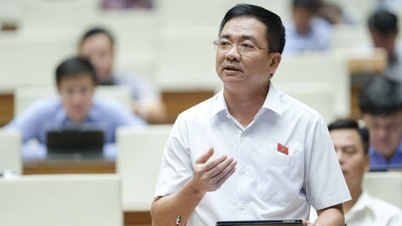




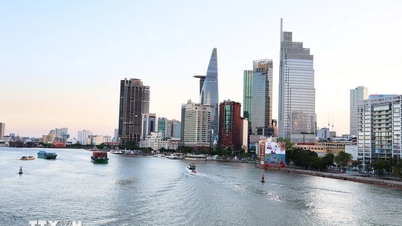

































Comment (0)